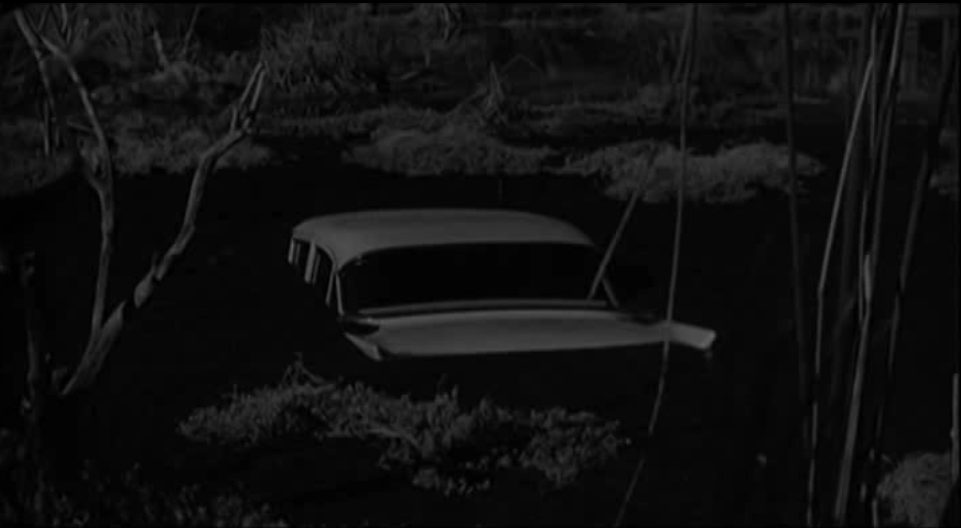POLICE.
URSULA BURKE.
RHA GALLERY, DUBLIN.
3.10.2018.
11.45AM.
SUNNY.
✍🏼WRITING WHILE LISTENING TO JOHN COLTRANE’S A LOVE SUPREME🎧
POLICE.
PAST the police barricades that sluice Dublin streets trickling with the last of the housing protesters, we are dragged Eastwards away from our destination. On the tip of my tongue, and somehow defining our current predicament without voicing it, is that stock phrase made cringey by Irish politicians in media scrums to delay and deflect from discussing a lie or telling a truth…..After a series of “this way” and ”that way” we meet Ursula Burke’s solo exhibition in the upstairs RHA Gallery like a flat-footed centipede. Underfoot, timber floors creak and dream of a childhood that once upon a time warranted tippy-toes to evade the bullshit Police (your ‘annoying’ parents). The RHA Gallery is no childhood bedroom, but with the bullshit Police still asleep ‘bedroom’ the RHA remains as we become self-conscious of our collective heel and breath in this barn of a gallery space that shouts when you whisper. With Mam’s and Dad’s and the Nanny State’s ears pricked, we march on, telling myself that my intellectual and political uncertainty will not be swayed by previous wet beds and present political stock phrases. This is psychoanalysis! Explicitly implicit. We would soon discover that Burke’s exhibition, titled ‘The Precariat’ (a portmanteau of precarious merged with proletariat), is cast in the social sphere, policed and professed at the door by a high-vis artist statement that tells all but, fortunately, not nearly enough. We will not be directed! We will not be told! Anymore, anyway. Burke is from the North; the exhibition shouts ‘Troubles’ when you learn that lazy fact. Her unravelling hand-embroidered friezes—haunted by the gleeful memory of Grayson Perry’s factory-made tapestries displayed in the same gallery not a year ago—portray fighting politicians that news media are so fond of bookending a tragic story so we all return to our embroidered lives after hearing the unravelling of others. It’s like these friezes were made by chance in the studio; one strand unravelled in the making to lead Burke to loosen a shock of hair: political power and aesthetic play at play. Grayson Perry’s, in all seriousness, elicit laughter; Burke’s elicit just seriousness, even in the angled corners of our smirks at the memory of those bloody-nosed punchy politicians. “Hit him? Again! Again! Ha!” Her works are lost here, aggrieved, mourning their resting place amongst the living. After the fight, bruised and battered porcelain heads breathe through pulpy orbits like wounded fruit waiting for the fruit flies; tapestries radiate firework head-dresses like that green goddess of vertiginous freedom, Lady Liberty; a porcelain pillow hides the dreamy keepsakes of flag, rosary beads and iPhone. For one student an invigilator’s vacated chair upsets the setting—embroidered friezes [chair] porcelain heads. So much so that the student becomes obsessed with the chair’s utilitarian promise and uncanny presence amidst the black and milky stoicism and conflict of race and woman. Burke’s work does that postmodern, Freudian, old-age, family-album thing of finding refuge in the past and eclectically vacuum-packing it in the present, like Doric columns hoisting up a mobile home crested by gilded eagles. Burke’s art is in no way cheap, but the chrome turnstiles through which her art purposefully strides from past to present is a field day or minefield for a group of Art and Psychoanalysis students, depending on how cultish they are becoming. I am no psychoanalytic scholar—she’s my Autumn mistress; neither are my students, yet. Does Burke’s art reach if not exactly erupt into the present? It is a tough ask. Like the Romans, our Postmodern precursors, did to the Greeks, the gaze of Burke’s magpie eye reaches all the way back to B.C. in her re-description of a Roman fresco painted directly onto the RHA Gallery wall, its “umbrella pine, quince, pomegranate, myrtle, oleander, date palm, strawberry, laurel, viburnum, holm oak, boxwood, cypress, ivy, acanthus, rose, poppy, chrysanthemum, chamomile, fern, violet, and iris” stripped of their originary lifeworld. The students huddle hear; the porcelain pillow intimating rest. One of them calls out JG Ballard’s The Drowned City (1972); another questions the birds’ eyes in relation to Freud’s paper ‘The Uncanny’ (1919) and his analytical unpacking of Hoffman’s tale of ‘The Sandman’ wherein the anxious child’s fear of having their eyes plucked out is paired with castration anxiety; while yet another invokes Carl Jung and the burdensome journey of Individuation from darkness to light. My favourite, however, is a student’s wonderment at Burke’s crying birds choosing to fly and perch low amid this paradise-turned-dripping-with-mascara vision with all that figurative and real space above them. Perhaps they are enjoying their symptom too much? we might propose or diagnose psychoanalytically. I return to earlier that morning on the way to class and the sounds that tweeted and screeched and screamed on a Dublin street tipping with footfall as the day started like it probably ended the night before. I imagine the source of the tweets and screeches and screams emanating from an artwork installed weeks now and the routine passersby indifferent to the cacophony that ricochets up and down and sideways past their wizened consciences. I was a tourist here, head in the sky with art on my mind. Strange that I found myself wanting to discover the source of the tweets and screeches and screams so I would stop imagining their source, to stop dreaming. I turn a street and there it is, a bright yellow machine with giant drill, tunnelling into a foundation of birds’ tweets and screeches and screams. “Kafkaesque,” that’s it. K a f k a e s q u e.
Through 21 October.

















